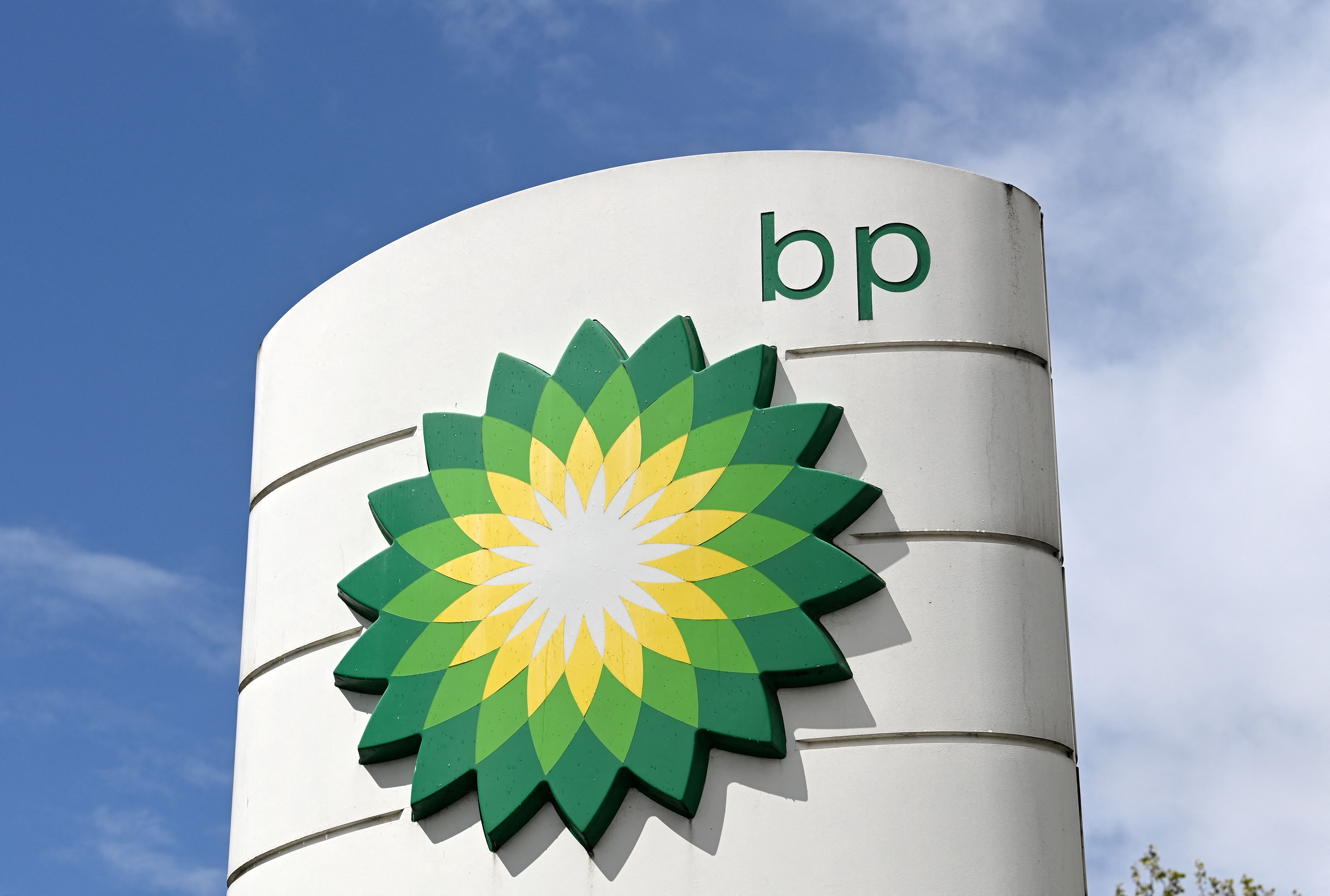The renewal of the mortgage loan is often accompanied by a time of reflection for the owner.
Before putting his stamp on a new agreement that commits him for several years, he will want to be sure to make the right choice. With reason.
So, let’s see some points to consider in this process.
1. Don’t wait until the last minute
Generally, financial institutions send homeowners a renewal offer between three and six months before the mortgage loan expires. Some, satisfied with these conditions, accept them immediately in order to shelter themselves from the rate increases that have been occurring for some time.
For example, last December, when the possibility of a 0.75% increase in the interest rate was imminent, this represented, for a mortgage with a principal of $300,000, a monthly increase of $130, i.e. $1560 per year. It then became very advantageous to renew immediately.
Others, provided with the financial institution’s offer, will prefer to look elsewhere in order to try to obtain a better proposal.
- Listen to the economic column with Yves Daoust, director of the Money section of the Journal de Montréal and the Journal de Québec at the microphone of Richard Martineau on QUB radio :
2. Choose a fixed or variable rate
It is known that for decades, the variable rate has always been more advantageous than the fixed rate in more than 90% of cases.
The choice between a fixed or variable rate depends on many factors and there is no absolute certainty. Fixed rates provide payment stability over a fixed period, which is beneficial for people on a tight budget. However, variable rates are more advantageous in the long term when interest rates fall. It is important to consider factors such as loan term, long-term economic outlook, and risk tolerance before making a decision. It is recommended that you consult a financial advisor to evaluate the options and find the most appropriate solution for your situation.
For example, currently the three-year fixed rate is around 4.89%, the variable is around 5.85%. This means that the adjustable rate mortgage is going to cost more by $167 per month, or more than $2000 per year. The difficulty in the analysis is to predict when the variable rate will fall below the value of the fixed rate. This is why, these days, people opt for the fixed rate.
3. Choose a financial institution
There is often a marked difference between the interest rate of financial institutions and that of mortgage brokers. As of this writing, the best three-year fixed rate is 4.89%, the worst 6.14%. For a capital of $300,000, this represents $218 per month or $2,620 per year. Over three years, that equates to $7862. Quite a difference!
4. Check if you can change your amortization
By increasing the amortization period from 12 to 25 years, for example, you can reduce the amount of your monthly mortgage payments. However, it also means that you will pay more interest over the full term of your loan. It is important to weigh the pros and cons before making a decision. For a $300,000 mortgage with an interest rate of 4.89%, the difference between amortization over 25 years instead of 12 years is $1024 per month. This will surely interest those who are going through a difficult time. It will always be possible to set the amortization back to 12 years when the rates go down.


